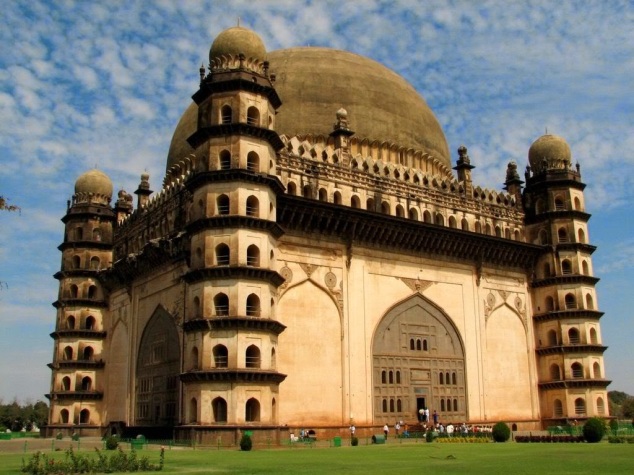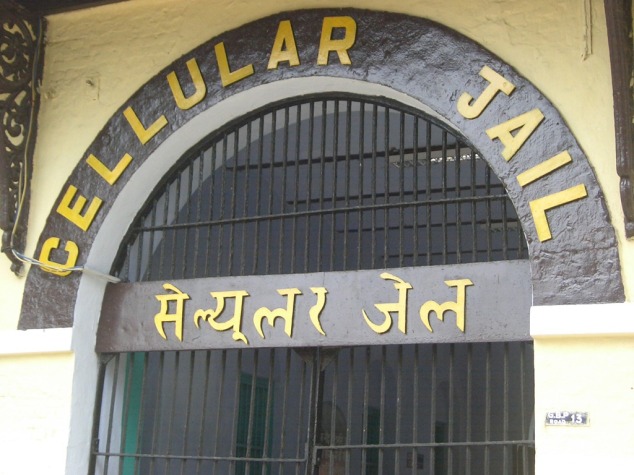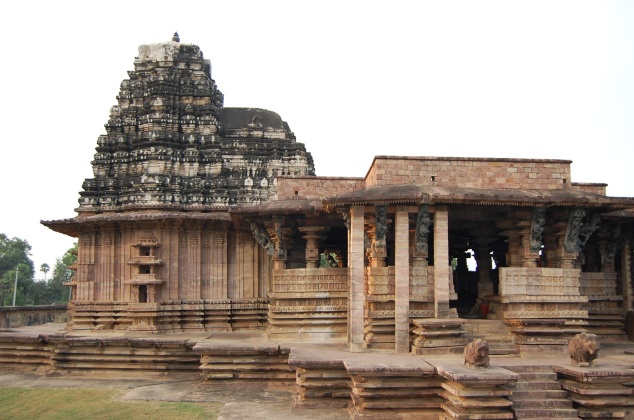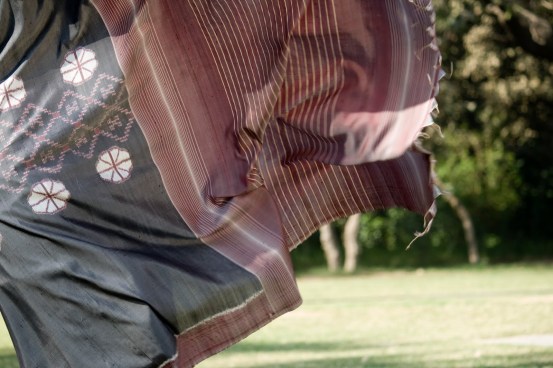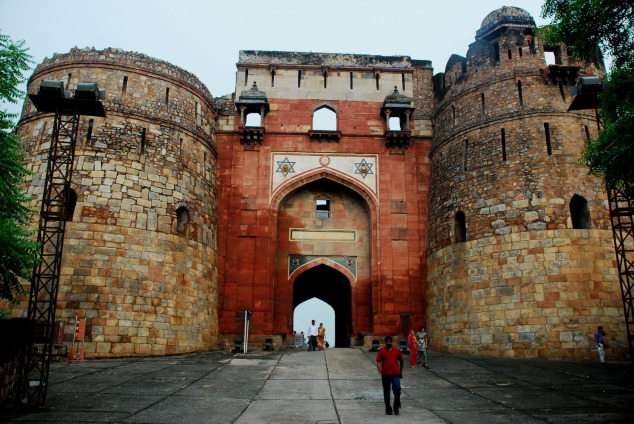In the past few years, it has been observed that the rising global warming, mishandling and inadequate restoration of cultural arts and monuments has caused deteriorating effects on the historical masterpieces around the world. Although the developed countries practice best methods for the conservation of their art and culture, the developing countries often lack both funds and willpower to carry out this exercise. For instance, European Union started the project CHARISMA, which brought industry experts from universities, museums, research institutes and historians from the respective disciplines to share their knowledge, expertise and innovative ideas for preserving their national heritage.
The project aims at developing innovative tools through research to identify the materials and methods originally used by the artists as well as the modern techniques to safeguard them against rising challenges related to environmental degradation. Under this project, different art works like paintings, sculptures, ceramics, manuscripts, monuments, art work of different forms like metal and glass etc., books and archaeological items will be investigated by the historians and archaeologists. Apart from this, several grants and funds are raised through government, civic bodies and private sector for the preservation of its prestigious art and culture.
However, in a country like India, the heritage conservation is often taken for granted and there a very few corporates who are involved in initiatives related to the protection of culture and heritage. Kiran Seth, the recipient of Padma Shri award and founder of SPIC MACAY (Society for the Promotion of Indian Classical Music and Culture Amongst Youth) voices her concern saying, “We have failed to protect so many art forms and now they are lost to us forever. Ustad Asad Ali Khan’s death meant the end of the Khandar Vani style played on the rudraveena. The Koodiyattam style of theater in Kerala has almost no takers now. So much knowledge about our heritage is getting lost every day.”
Even corporates are also lagging behind in extending much support in this sensitive matter. In a recent study it was found that in FY16, the CSR spend on the projects related to heritage conservation by corporates has declined by 40% as compared to FY15. In the first year of CSR rules, the projects related to heritage conservation received Rs 67.87 crore but the funding fell to Rs. 40.88 crore in FY16. Experts believe that sufficient efforts aren’t being done by the government and corporates for preservation of art and cultural heritage and the lack of funds is aggravating the matter further. The government allocates funds for the projects related to heritage conservation only from the tourism point of view. So, if a monument or a historical piece is not important from the tourism perspective, it doesn’t receive funds and precious pieces of glorious history are eventually lost.
The projects related to education, poverty, health and environment receive maximum focus from the corporates as they lack awareness about the benefits associated with programmes related to heritage conservation. Hence, if seen positively, this field has immense scope for executing successful CSR programmes which can integrate a corporate’s activity with its core business objectives. For instance, industries related to tourism and hospitality can derive maximum benefits through the strategically designed CSR initiatives. The programmes can include site maintenance and restoration, carrying out awareness programmes and setting up of management frameworks for maintaining the historical sites. Similarly, other companies whose area of operations holds historic significance can also make valuable contribution towards executing such kind of projects.
In India only few corporates have taken up CSR projects related to heritage conservation. For example, IT giant Infosys Ltd. funds a part of its CSR budget for the restoration of monuments and organising cultural shows in south India. In 2016, Infosys Foundation (the CSR arm of Infosys) completed a restoration project at the Somanatheswara temple complex at Lakshmeshwara in Karnataka, spending around Rs 5 crore over four years. It also organized performances at the two restoration spots in Andhra Pradesh at Lakshmeshwara and Anupu.
Similarly, Yes Bank has used a part of its CSR funds for organising over 100 heritage walks and 50 cycle rides at various heritage spots like Lodhi Garden, Qutub Minar and Hauz Khas in 2016. It has further plans to extend these activities to different cities. It spent Rs. 29.52 crore in FY16 and plans to invest Rs. 34 crore in FY17 for conducting these initiatives.
Many PSUs such as ONGC, NTPC, GAIL and Indian Oil have also undertaken the renovation and maintenance activities for temples and monuments around their areas of operations. The Indian conglomerate Tata Group has been traditionally involved in promoting historical monuments and setting up museums through their institutions and trusts. The group has also helped the Archaeological Survey of India (ASI) through grants.
In 1966, the Ministry of Tourism and Culture has set up the National Culture Fund (NCF) to channelise funds for the preservation of historical monuments and arts. It has identified 100 monuments of national significance which has been put up for adoption by the corporates.
In response to the poor feedback received on the hygienic conditions of the sites, the Ministry launched “Clean India Campaign” in 2012. As part of the campaign, the Indian Tourism Development Corporation (ITDC) adopted Qutub Minar while ONGC also expressed interest in adopting sites like Taj Mahal, Khajuraho Temple and Ajanta-Ellora Caves for their conservation. The main objective of this campaign was to foster a collaborative model wherein corporations are encouraged to adopt a site and the local bodies such as schools, banks, authorities and trader’s associations can come forward for maintaining the nearby areas.
Maharashtra and Rajasthan governments have taken the lead and in creating platforms for corporates to adopt monuments of historical and cultural significance. Government should create awareness programmes and encourage corporates to utilise their CSR funds through structured planning and execution.
Fiinovation, a global CSR consultancy working in the domain of CSR and Sustainability urges the corporates to initiate projects related to the preservation of cultural heritage especially in their area of operations. It will not only help in keeping the history of glorious culture alive but will also enhance their presence as a culturally evolved organisation among the stakeholders.
“It has been said that, at its best, preservation engages the past in a conversation with the present over a mutual concern for the future.” — William J. Murtagh
By Manisha Bhatia
Media & Communications, Fiinovation



